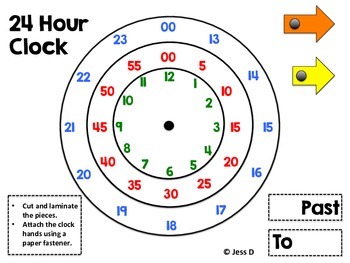
Unsuspecting employees can be cheated out of thousands of dollars in working hours.

#My work clock app set hourly wage manual
Manual timekeeping opens the door to employer fraud. Of course, the pendulum can swing the other way. Even if several employees falsely change their clock-in time by just five minutes every day, employers can unwittingly pay dozens of unworked hours over the course of a month. Time theft practices like buddy punching are difficult to detect. Wage-and-hour fraud becomes a real possibility. Employees and employers can only add or delete time manually, so they depend on memory to recall who came in when and at what time they took a break or went home. If a manager’s time is spent sorting through messy, handwritten employee timesheets and contacting them with questions, they have less time to build the organization through more strategic tasks.Ĭorrecting mistakes also could hold up the payroll process, which affects all employees.Īccurately tracking employee time becomes an issue. Manual timekeeping can also make calculating payroll seems like an endless task.


Employee paperwork also is cumbersome to store, and accessing the documents for recordkeeping or auditing is a challenge. Managers face reams of paperwork on a regular basis, and it’s easy to misplace or lose timesheets. Manual timekeeping can lead to many difficulties for employers who want to accurately track employees’ time. But its limitations quickly become evident as a company grows. A manual pen-and-paper system or an Excel spreadsheet at least offers a minimal way to track employees’ time at work. If your company is small, using a pen and paper to track employee hours may be a workable option.

Inaccurately tracking hours also creates compliance issue landmines. Without a time tracking program in place, it’s easy to lose track of which hourly employees did what and for how long, leading to mistakes in payroll.


 0 kommentar(er)
0 kommentar(er)
